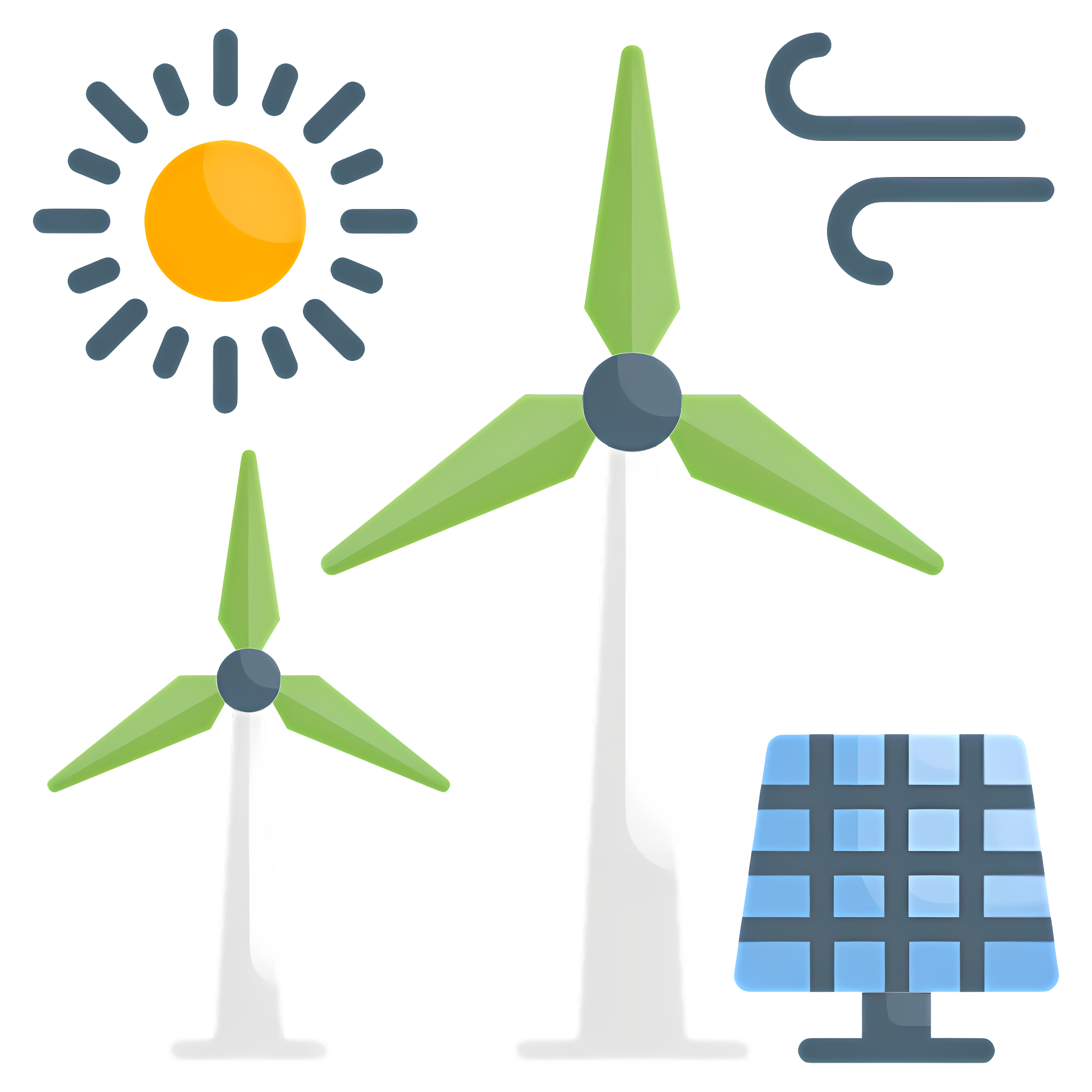This is a preview of an SDiD Profile®, which we compile for all analysed companies.
Access is for SDiD members only: sign in or subscribe.
Sample N dot V
ESG Leader 6/6
Country:
Spain
Industry:
Utilities
Climate Performance
ESG data
ESG Targets
- 3 year climate performance is good: 2 SDiD points
- ESG data transparency is good: 2 SDiD points
- Sample N dot V sets a high number of ESG targets: 2 SDiD points
Climate Performance
Climate performance trends of the company on selected topics
- GHG Emissions decreased over the past 3 years.
- Energy use decreased over the past 3 years.
ESG targets
Implementing ESG commitments involves identification and setting of clear targets that can be readily measured and reported on to stakeholders.
Sample N dot V communicates data on 6 ESG targets
Industry benchmark is to report data on 3 ESG targets
Topics on which the company communicates ESG targets.
GHG
-The company reaffirms its ambition to achieve full decarbonisation by 2040, aiming for 100% emission-free generation and exiting the gas business
-Scope 1 emissions from generation <95gCO2 e/kWh in 2030 0gCO2 e/kWh in 2040
-Scope 1 emissions from mainland generation 70gCO2 e/kWh in 2027
-Scope 1+3 emissions from electricity trading <90gCO2 e/kWh in 2030 0gCO2 e/kWh in 2040
-Scope 3 emissions from natural gas trading 6.6MtCO2 e in 2030 0 tCO2 e in 2040
Energy
-Endesa plans to completely phase out coal in Spain by 2027, with the closure of the Alcudia Thermal Power Plant
Resources: waste, CE, recycling
-2025: Depletion of water resources for industrial uses and/or cooling systems in generation: 60.7 l/MWh
-2026: Depletion of water resources for industrial uses and/or cooling systems in generation: 59.7 l/MWh
-2027: Depletion of water resources for industrial uses and/or cooling systems in generation: 56.2 l/MWh
-No net loss of Biodiversity of 40% of the additional installed capacity between 2025-2027
-2025: Implementation of the Biodiversity conservation programme: >35
-2026: Implementation of the Biodiversity conservation programme: >30
-2027: Implementation of the Biodiversity conservation programme:. >35
-2025: Biodiversity Impact Assessment: 100%
-2026: Biodiversity Impact Assessment: 100%
-2027: Biodiversity Impact Assessment: 100%
-2025: Promotion of the minimisation of the production of waste generated in the electricity generation process: 16,300 tons
-2026: Promotion of the minimisation of the production of waste generated in the electricity generation process: < 14,000
-2027: Promotion of the minimisation of the production of waste generated in the electricity generation process: 15,250
Compliance, Society
-2025: Ensure compliance with environmental, human rights and security aspects in the supplier qualification process: 100%
-2026: Ensure compliance with environmental, human rights and security aspects in the supplier qualification process: 100%
-2027: Ensure compliance with environmental, human rights and security aspects in the supplier qualification process: 100%
Worker health
-2025: Reduction of the combined accident frequency index: 0.36
-2026: Reduction of the combined accident frequency index: 0.33
-2027: Reduction of the combined accident frequency index: 0.35
People programmes
-2025: Presence of women in the workforce: 27.2%
-2026: Presence of women in the workforce: 28.0%
-2027: Presence of women in the workforce: 28.5%
-2025: Reduction of fatal accidents: 0
-2026: Reduction of fatal accidents: 0
-2027: Reduction of fatal accidents: 0
ESG data
Communication of ESG performance data form the basis for communicating the ESG strategy progress, informing company stakeholders, redefining and adjusting approaches to ESG.
We reseseach if a company reports on ESG data topics. Data can be absolute or efficiency based.
We reseseach if a company reports on ESG data topics. Data can be absolute or efficiency based.
Sample N dot V communicates data on 7 ESG topics
Industry benchmark is to report data on 4 ESG topics
Topics on which the company communicates ESG data.
Energy
Ren. Energy
Water
GHG Emissions
Waste
Occ. health
Supplier audits
Regenerative Energy

-Total Renewable Energy Consumption (MWh): 29,804
-Share of Renewable Sources in Total Energy Consumption (%): 0.03%
Absolute data
| Company | Index | Ticker Symbol | SDiD Score® | GHG emissions (tCO2e) | Energy (MWh) | Waste (t) | Water use (m3/1000 liters) | Supplier audits (#) | Occupational accident rate |
|---|---|---|---|---|---|---|---|---|---|
Sample N dot V Utilities | IBEX | SAMPLE | ESG Leader | 2022 - 14,234,563 2023 - 12,377,168 2024 - 10,658,878 | 2022 - 136,252,222 2023 - 122,972,222 2024 - 113,812,244 | 2022 - 42,265 2023 - 32,937 2024 - 34,029 | 2022 - 5,398,877,000 2023 - 5,349,578,000 2024 - No data | 2022 - 1,566 2023 - 1,612 2024 - 1,135 | 2022 - 0.33 2023 - 0.35 2024 - 0.45 |